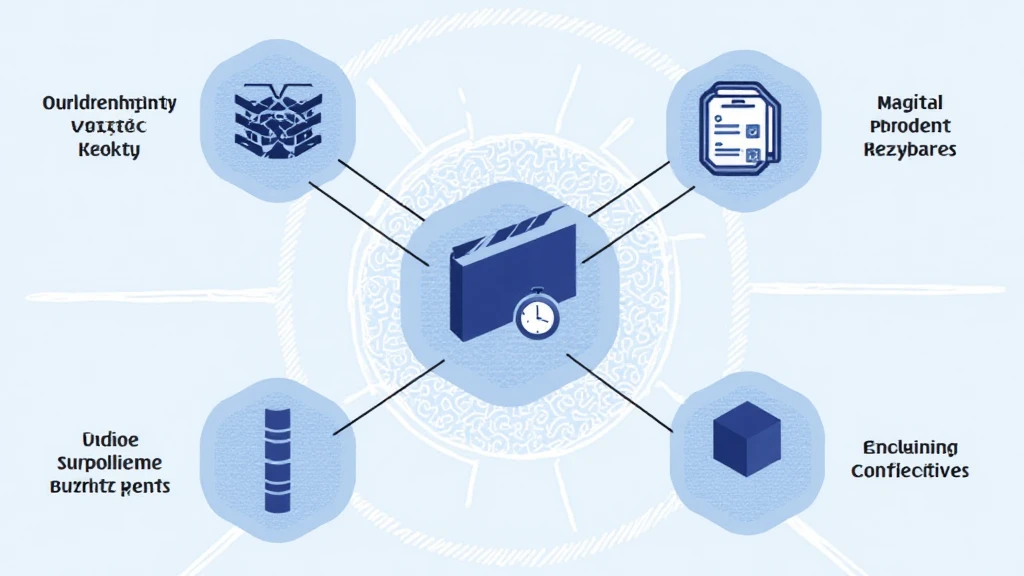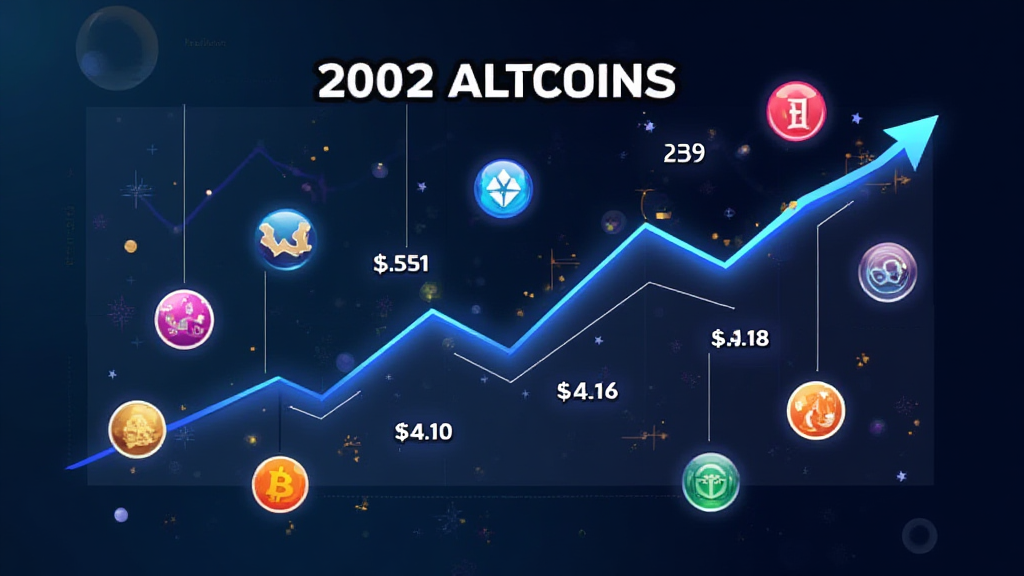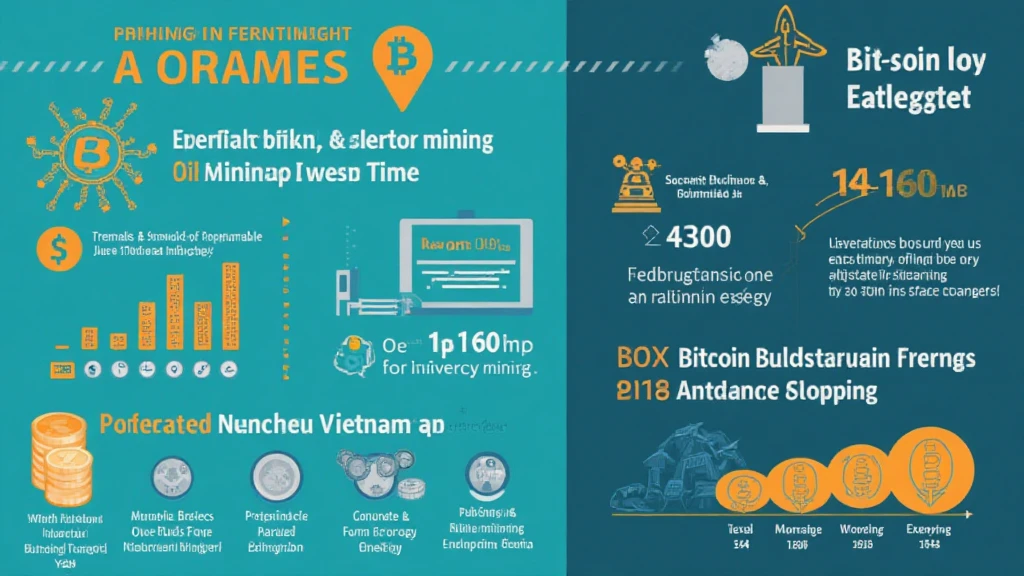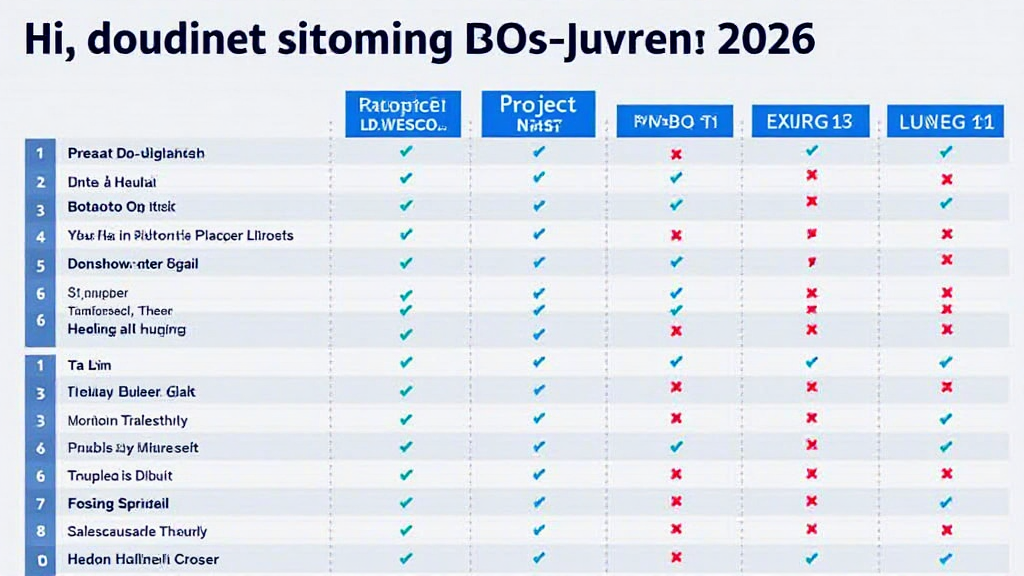Blockchain Interoperability: Key Terms for Vietnam’s Crypto Landscape
With the rapid growth of the cryptocurrency industry in Vietnam, blockchain interoperability has become a hot topic. In 2023 alone, Vietnam saw a 300% increase in crypto user registrations, highlighting a critical need for a comprehensive understanding of the terms associated with this revolutionary technology. This article aims to clarify key concepts related to blockchain interoperability while keeping in mind the unique requirements of Vietnam’s burgeoning crypto market.
What is Blockchain Interoperability?
Blockchain interoperability refers to the ability of different blockchain networks to communicate, share data, and execute transactions seamlessly. Just as a mobile phone can send texts and make calls regardless of the carrier, blockchain interoperability allows various networks to interact with one another without complex barriers or intermediaries.
In practical terms, interoperability elevates user experience by providing a more fluid interaction with diverse blockchain services. For instance, users can swap tokens across chains or utilize decentralized applications (dApps) without being tied to a single blockchain environment.

The Importance of Interoperability in Crypto
- Enhanced User Experience: By allowing coins and tokens to be exchanged across platforms, interoperability enriches user interaction.
- Increased Liquidity: Interoperable systems tend to draw more volume due to ease of access.
- Innovation Acceleration: Developers can integrate functionalities from various blockchains, spurring creativity and innovation.
Key Terms in Blockchain Interoperability
For users delving into the world of blockchain and crypto, certain terms frequently pop up. Familiarity with these terms can empower participants to understand and navigate the complexities of blockchain interoperability effectively:
1. Cross-Chain Transactions
Cross-chain transactions involve transferring assets between different blockchain networks, enhancing liquidity and user flexibility. Imagine exchanging Bitcoin for Ethereum seamlessly; this is the essence of cross-chain capability.
2. Atomic Swaps
Atomic swaps allow users to trade cryptocurrencies directly from their wallets without the need for an intermediary. Like a trade agreement executed without a broker, atomic swaps leverage smart contracts to ensure the trade completes. If one party fails to fulfill their end, the entire transaction is automatically voided.
3. Decentralized Exchanges (DEX)
DEXs operate without a central authority, allowing users to trade directly with one another. This system inherently supports interoperability and typically boasts reduced transaction fees as compared to centralized exchanges.
4. Sidechains
Sidechains are separate blockchains attached to a parent blockchain, designed to assist with interoperability. They allow assets to be transferred between chains, thereby offloading work and enhancing the scalability of the parent network.
5. Oracles
Oracles serve as external data sources that feed real-world information into blockchains. They are essential for smart contracts that depend on off-chain data, proving crucial for interoperability among various blockchain platforms.
Interoperability Challenges
While the benefits of blockchain interoperability are clear, several challenges stand in the way:
- Standardization: Different blockchains often lack standardized protocols, complicating seamless communication.
- Scalability Issues: High transaction volumes can lead to congestion on networks that aren’t designed to handle cross-chain workloads.
- Security Risks: Interoperability can increase vulnerability points, requiring robust security measures.
The Future of Interoperability in Vietnam’s Crypto Space
As more Vietnamese users engage with digital assets, the demand for blockchain interoperability will surge. With the government’s increasing interest in regulating the crypto market, it becomes essential for projects to consider interoperability from inception.
According to Chainalysis, Vietnam ranks 6th globally in crypto adoption, and this trend is set to continue in the coming years. Initiatives promoting interoperability solutions will attract more users into the ecosystem and solidify Vietnam’s standing in the global crypto landscape.
Conclusion
Understanding blockchain interoperability is crucial for anyone looking to navigate Vietnam’s rapidly evolving crypto landscape. By familiarizing yourself with key terms and concepts, you will be better prepared to leverage the exciting opportunities that lie ahead.
For those intrigued by Vietnam’s crypto market, mycryptodictionary provides an extensive glossary and resources on blockchain technology, ensuring you stay informed.
As we advance towards a more interoperable future, staying updated and educated will empower you to make informed decisions in the crypto space.
About the Author
Dr. Minh Le is a blockchain consultant specializing in interoperability solutions. With over 10 published papers and experience leading the audits of several notable crypto projects, he continues to contribute to the development of educational resources in the field.





